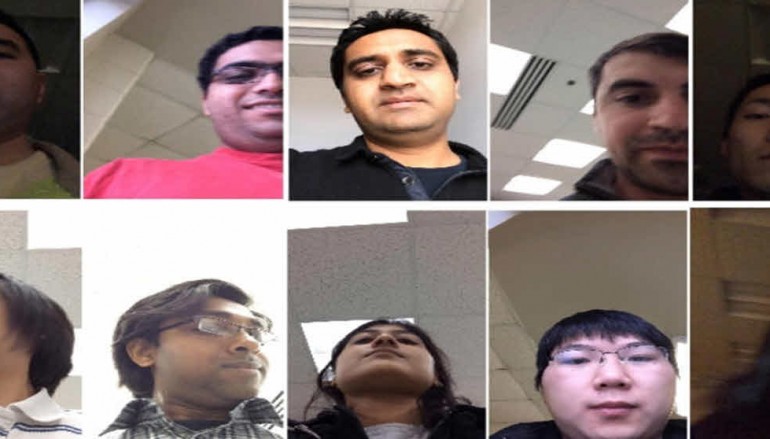
Google creates smartphone ID system that can tell it’s you just from your nose
Google is developing real-time facial-recognition tech that uses a phone’s front camera to continuously authenticate users when they’re logged into a bank or email account.
Continuous authentication is viewed as a promising way of improving on today’s approach of only using credentials at the beginning of a session.
As security expert Lenny Zeltser highlights, one way of implementing continuous authentication would be to use a mobile phone’s sensors to passively monitor a legitimate user’s unique bio-signs, such as keystrokes and fingerprints, and block access if an impostor is detected.
Facial recognition using a phone’s camera is another method of achieving this goal, but as several researchers highlight in a new paper, past examples have been poorly suited to real-time use, and are not designed to detect what a camera would see under real conditions.
In everyday use, the technology would have to be able to cope with partially visible and cropped faces, which affect a facial-recognition system’s ability to recall a face.
Researchers at the University of Maryland, Rutgers University, and Google’s Advanced Technology and Projects (ATAP) unit believe they have solved this issue.
They’re using a machine-learning technique to develop a lightweight algorithm that allows a smartphone’s front-facing camera in video mode to conduct real-time facial recognition using partial facial images.
The so-called ‘facial segment-based face detector’ (FSFD) has three main phases. The first uses multiple images of a person’s face, which become training images.
These images are broken down into facial segments, such as half a face, a left eye, a right eye, and then grouped to estimate facial regions from the training images.
The machine-learning phase uses these segments to come up with ‘proposed faces’, allowing the facial-recognition system to assign a level of confidence to a partial image of a face.
“The key idea is to detect facial segments in the frame, and cluster the results to obtain the region which is most likely to contain a face,” the researchers note.
They tested the system using face video from the front-facing camera of 50 iPhone users in different lighting conditions.
According to their results, the FSFD was able to detect partial faces and full faces and was “mostly unaffected by illumination and pose variation”.
It failed in situations where only a fragment of the face was visible, at an extremely odd angle, and where there was too much motion blur.
The researchers believe the FSFD technique “is suitable for face-based continuous authentication on mobile devices due to its high recall at excellent precision”. The next phase of work will look at accurate facial landmark detection.
Source | ZDNET





